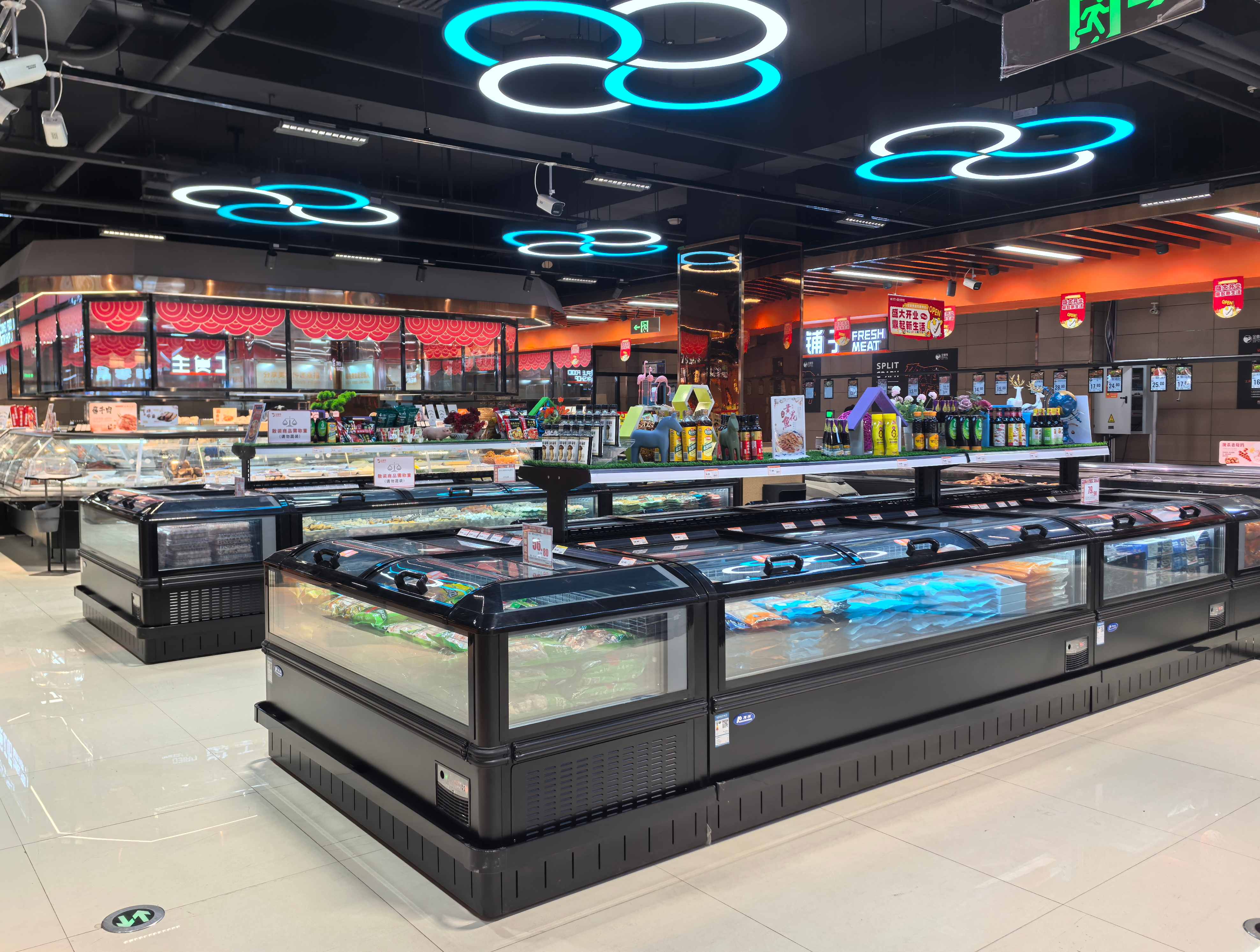In the modern retail environment, maintaining product quality and optimizing energy efficiency are key factors for success. A supermarket freezer is an essential piece of equipment that ensures frozen foods remain at the ideal temperature, preventing spoilage while keeping energy costs under control. For businesses in the food retail industry, choosing the right supermarket freezer can significantly improve operational efficiency and customer satisfaction.
Key Features of a High-Performance Supermarket Freezer
A well-designed supermarket freezer combines functionality, energy savings, and product visibility. Here are some of the most important features to look for:
-
Energy Efficiency: Advanced compressors and insulation reduce power consumption without compromising performance.
-
Temperature Stability: Uniform cooling ensures consistent storage conditions for all products.
-
Display Optimization: Transparent glass doors and LED lighting enhance visibility, encouraging customer purchases.
-
Easy Maintenance: Modular components and accessible panels make cleaning and servicing more convenient.
Benefits for Retail and Food Distribution Businesses
Supermarket freezers play a vital role in maintaining product integrity and ensuring a smooth retail experience. Businesses benefit from:
-
Extended Product Shelf Life – Reliable temperature control prevents freezer burn and spoilage.
-
Reduced Energy Costs – High-efficiency systems lower long-term operational expenses.
-
Improved Store Layout – Vertical and horizontal designs can be adapted to store configuration.
-
Enhanced Customer Experience – Well-lit displays attract attention and promote impulse purchases.
Selecting the Right Supermarket Freezer for Your Business
When investing in supermarket refrigeration equipment, businesses should consider several factors to match their operational needs:
-
Storage Capacity: Determine the optimal size based on your store’s product volume.
-
Type of Freezer: Choose between chest, upright, or island freezers depending on layout and product type.
-
Compressor Technology: Opt for models with inverter compressors for better efficiency and reliability.
-
Temperature Range: Ensure compatibility with different frozen product categories (ice cream, meat, seafood, etc.).
Sustainability and Future Trends in Supermarket Freezers
As environmental regulations tighten, the refrigeration industry is moving toward eco-friendly refrigerants and smart temperature monitoring systems. Future supermarket freezers will likely include:
-
AI-based predictive maintenance systems
-
IoT connectivity for real-time energy management
-
Use of natural refrigerants like R290 (propane)
-
Recyclable materials for sustainable construction
Conclusion
The right supermarket freezer is more than just a cooling device—it’s a key asset that supports food quality, brand reputation, and operational efficiency. Investing in advanced, energy-efficient refrigeration technology allows supermarkets and distributors to achieve long-term savings while meeting the growing demand for fresh, well-preserved products.
FAQ: Supermarket Freezers
1. What is the ideal temperature range for a supermarket freezer?
Typically, supermarket freezers operate between -18°C and -25°C, depending on the type of frozen product stored.
2. How can businesses reduce energy consumption in supermarket freezers?
Using inverter compressors, LED lighting, and automatic defrost systems can significantly reduce energy costs.
3. Are eco-friendly refrigerants available for supermarket freezers?
Yes. Many modern freezers now use natural refrigerants like R290 or CO₂, which reduce environmental impact and comply with global standards.
4. How often should a supermarket freezer be maintained?
It’s recommended to perform routine maintenance every 3–6 months, including cleaning coils, checking seals, and monitoring temperature calibration.
Post time: Oct-14-2025





